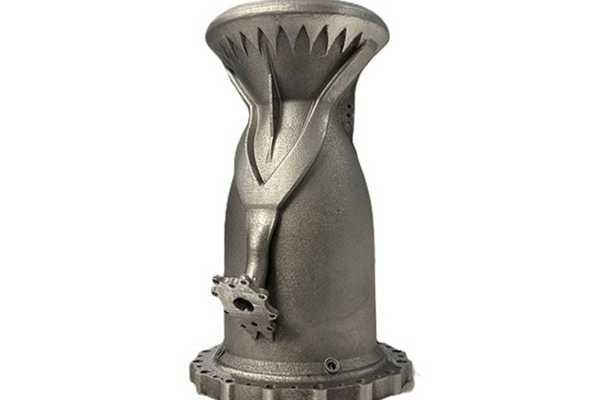The Indian Space Research Organisation (ISRO) successfully conducted a hot test of a liquid rocket engine created with 3D Printing.

What is 3D Printing?
- 3D printing, also known as additive manufacturing, creates 3D objects from digital models by adding material layer by layer.
- It uses computer-aided designing (CAD) for prototyping or creating functional models.
- The materials used include plastic, resin, thermoplastic, metal, fibre, or ceramic.
How Does a 3D Printer Work?
A 3D printer follows these steps:
- Design: A digital model is created using CAD software.
- Slicing: The model is sliced into thin horizontal layers.
- Printing: The printer deposits material layer by layer according to the sliced model.
- Post-Processing: The printed object may undergo finishing processes to enhance its properties.
Benefits of 3D Printing:
Advantages Over Traditional Manufacturing:
- Customization: Enables efficient, customized production, reducing costs and errors.
Prototyping:
- Speed: Accelerates design iterations and reduces time-to-market.
- Cost-Effective: Facilitates quick, low-cost prototyping.
Design Complexity:
- Innovation: Allows for the creation of complex designs previously unattainable with traditional methods.
Material Efficiency:
- Waste Reduction: Uses only the necessary amount of material for each object, minimizing waste.
Inventory and Supply Chain:
- On-Demand Production: Reduces the need for large inventories, enabling just-in-time production.
Ref: Source
| UPSC IAS Preparation Resources | |
| Current Affairs Analysis | Topperspedia |
| GS Shots | Simply Explained |
| Daily Flash Cards | Daily Quiz |

